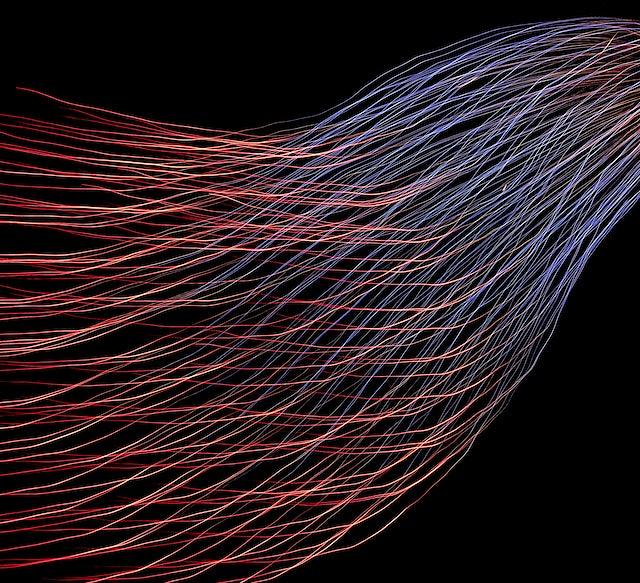-
-
Artificial Intelligence
-
-
-
Lecture I.
-
-
-
-
Challenge your analogy skills
-
4.3 Challenge your analogy skills » Common Sense Problem
EATING ON AN AIRPLANE
by John Bell, Queen Mary and Westfield College, London, U.K. (9th June, 1998)
A humanoid robot is flying economy class on a major airline and is required to "eat" the packaged meal that has been served to it. Like its fellow human travelers, the robot can be assumed to be in a standard seat and to have two arms which function similarly to theirs, with similar restrictions on mobility; e.g. because of the cramped conditions, the robot's elbows have to remain close to its chest. In front of the robot is the familiar small table, occupied almost entirely by the tray containing the meal, neatly packaged in little plastic containers with transparent lids, along with a small plastic cup containing a foil-sealed tub of water, and a cellophane envelope containing a set of plastic cutlery, napkin, condiments, etc. For simplicity, assume that eating can be taken to consist of manipulating the food and drink to the robot's mouth, where the utensils are emptied at typical human diner rate. The robot is conventional in eating habits; thus, it tries at all times to not spill, to use the appropriate utensils, and to obey conventions as to when it is permissible to eat with its fingers (chicken, no; asparagus, yes). Moreover, it begins its meal with the starter, follows this with the main course (along with the mini roll which it has spread with butter), then it has dessert, and finally the cheese and biscuits. To complicate matters, the robot drinks water at various stages of the meal. Everything must be kept on the tray or table, including the packaging for the plastic cutlery, the tops of containers, and the containers and their contents. So, like its human companions, the robot quickly becomes involved in an elaborate chess game, continually maneuvering the containers so that the chosen one is in position.
The problem is to formalize some aspect of this problem: e.g. the problem of food manipulation, or of planning how to eat the next part of the meal. For example, consider the situation if the only way to tear through the plastic wrapping is with a sharp object such as a key, and the robot's keys are either in the pocket of its trousers or in its bag on the floor. Initially this might be done at a fairly abstract level. However, the eventual aim is an epistemologically adequate formalization. Toward this end, formalizing the robot's mental life is interesting. For example, the robot's beliefs, desires, and preferences might lead it to try to eat the portion of processed cheese, and this goal might persist until the robot realizes that it cannot open the cheese, or assuming that it manages to do so, until it decides that the cheese tastes worse than it looks. Those interested in multi-agent systems might care to formalize the arrival of coffee, served by a member of the cabin crew, usually a small tray held over the no-man's land of the adjacent seat, where the robot helps itself to milk and sugar.

